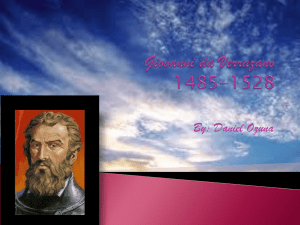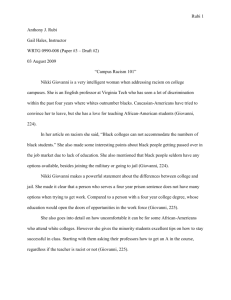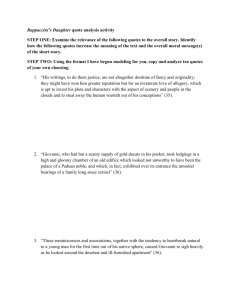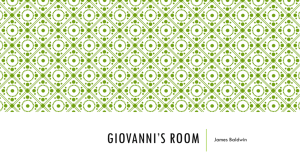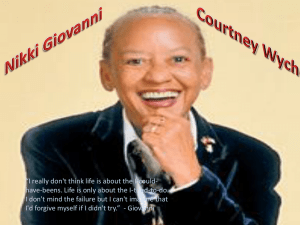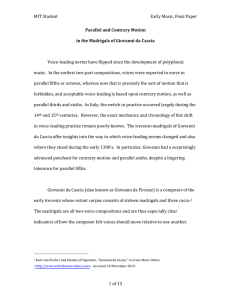Don Juan: A Tale for All Times by Deborah Burton
advertisement
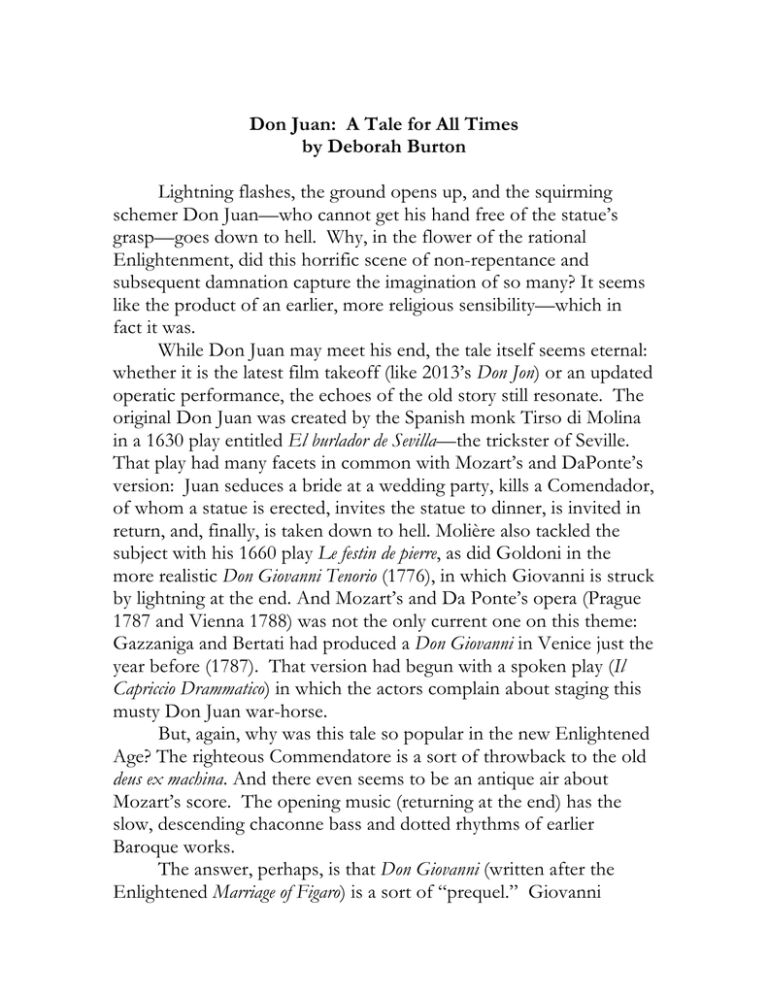
Don Juan: A Tale for All Times by Deborah Burton Lightning flashes, the ground opens up, and the squirming schemer Don Juan—who cannot get his hand free of the statue’s grasp—goes down to hell. Why, in the flower of the rational Enlightenment, did this horrific scene of non-repentance and subsequent damnation capture the imagination of so many? It seems like the product of an earlier, more religious sensibility—which in fact it was. While Don Juan may meet his end, the tale itself seems eternal: whether it is the latest film takeoff (like 2013’s Don Jon) or an updated operatic performance, the echoes of the old story still resonate. The original Don Juan was created by the Spanish monk Tirso di Molina in a 1630 play entitled El burlador de Sevilla—the trickster of Seville. That play had many facets in common with Mozart’s and DaPonte’s version: Juan seduces a bride at a wedding party, kills a Comendador, of whom a statue is erected, invites the statue to dinner, is invited in return, and, finally, is taken down to hell. Molière also tackled the subject with his 1660 play Le festin de pierre, as did Goldoni in the more realistic Don Giovanni Tenorio (1776), in which Giovanni is struck by lightning at the end. And Mozart’s and Da Ponte’s opera (Prague 1787 and Vienna 1788) was not the only current one on this theme: Gazzaniga and Bertati had produced a Don Giovanni in Venice just the year before (1787). That version had begun with a spoken play (Il Capriccio Drammatico) in which the actors complain about staging this musty Don Juan war-horse. But, again, why was this tale so popular in the new Enlightened Age? The righteous Commendatore is a sort of throwback to the old deus ex machina. And there even seems to be an antique air about Mozart’s score. The opening music (returning at the end) has the slow, descending chaconne bass and dotted rhythms of earlier Baroque works. The answer, perhaps, is that Don Giovanni (written after the Enlightened Marriage of Figaro) is a sort of “prequel.” Giovanni represents the bygone, corrupt order where servants complain and do not get happy endings. This trickster—not just a seducer—is a threat to society. For instance, Giovanni pays no heed to social boundaries: His call for a simultaneous dancing of aristocratic minuet, bourgeois allemande and peasant follia is heard in the manic aria “Fin ch’han del vino.” (In the Act I finale, Mozart set these dances in multiple, conflicting meters.) Most importantly, however, if one’s word cannot be trusted, the social contracts upon which a democratic society depends will be meaningless. As George Bernard Shaw observed, “Gentlemen who break through the ordinary categories of good and evil [...] do not, as a matter of fact, get called on by statues, and taken straight down through the floor to eternal torments; and to pretend that they do is to skirt the social problem they present.” And what is the most common symbol of a social agreement? Giving one’s hand. When Zerlina and Giovanni trundle off together (“La ci darem la mano”) Zerlina believes it is to give her hand in marriage—the most fundamental societal contract of the Enlightenment, representing the basic right of an individual to choose. When Donna Elvira asks Leporello (disguised as Giovanni) whether he is fooling her, he swears by his hand [“Lo giuro a questa mano”]. And finally, of course, the Commendatore thunders at Giovanni: “Give me thy hand as a pledge!” [Dammi la mano in pegno!] But this is one handshake, one contract, from which the trickster cannot escape.
